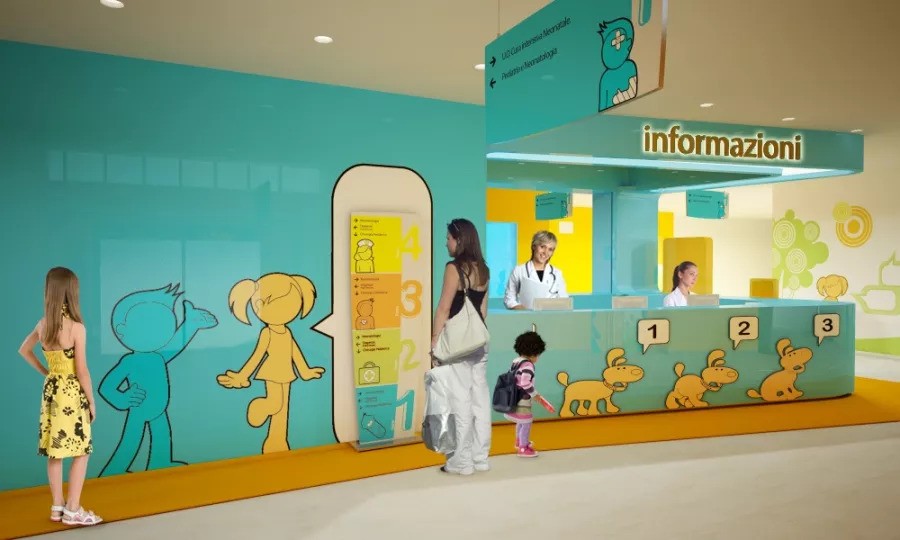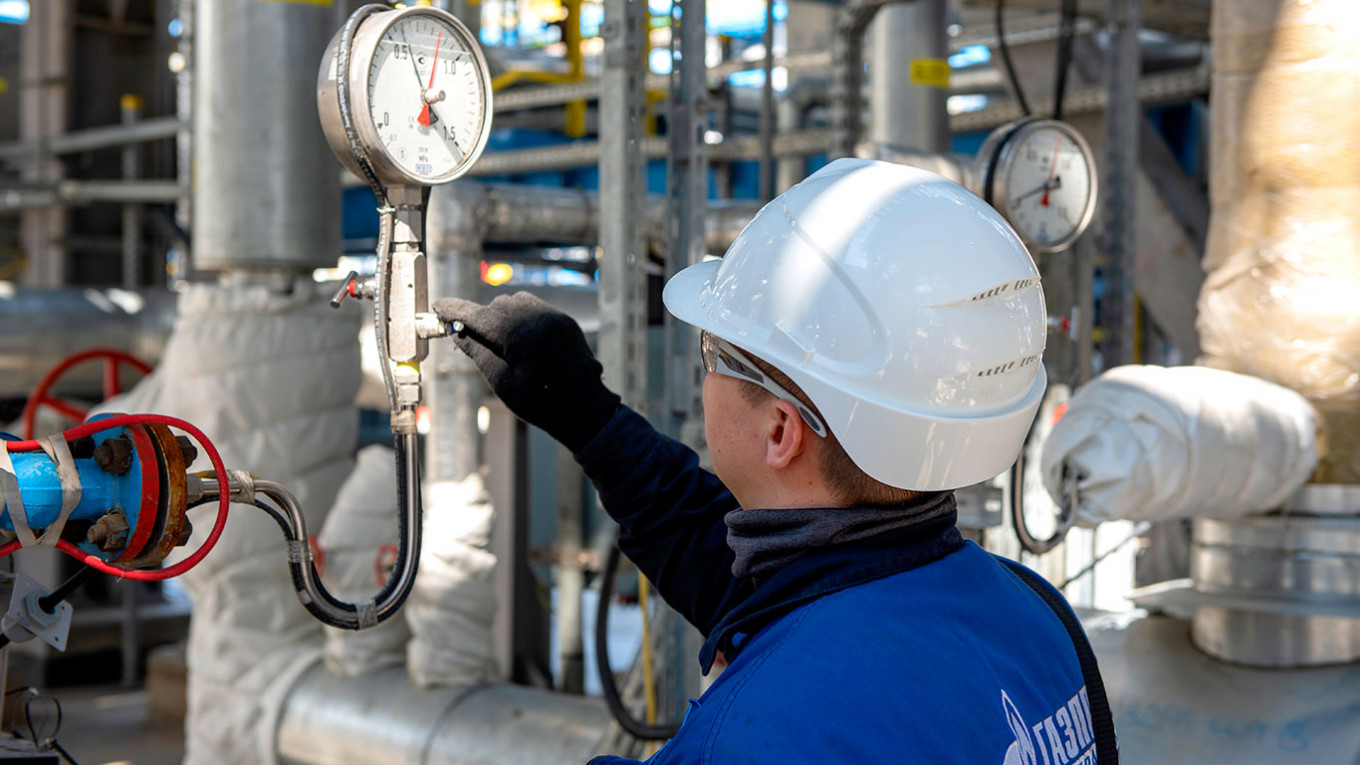In the delicate world of pediatric healthcare, where the well-being of children is paramount, collaborative care stands as a cornerstone of effective treatment. Within the walls of pediatric hospitals, healing takes on a multifaceted approach, not only involving medical professionals but also families, caregivers, and various specialists. This collaborative model not only addresses the physical needs of the young patients but also tends to their emotional and psychological well-being. Let’s delve into the significance of collaborative care in best pediatric hospital in Hyderabad and how it contributes to the healing process.
Building a Supportive Ecosystem
Pediatric hospitals are more than just medical facilities; they are nurturing environments designed to cater to the unique needs of children. From colorful decor to child-friendly amenities, every aspect is meticulously curated to provide a comforting atmosphere. However, it’s not just the physical environment that aids in healing. The collaborative care model fosters a supportive ecosystem where every individual plays a vital role.
Multidisciplinary Approach
At the heart of collaborative care lies the multidisciplinary approach. Pediatric hospitals bring together a diverse team of healthcare professionals including pediatricians, nurses, psychologists, social workers, therapists, and specialists from various fields. Each member contributes their expertise to develop comprehensive treatment plans tailored to the individual needs of the young patients. This holistic approach ensures that all aspects of a child’s health – physical, emotional, and developmental – are addressed effectively.
Empowering Families
One of the defining features of pediatric care is the involvement of families in the healing process. Parents and caregivers are considered integral members of the healthcare team, working in partnership with medical professionals to provide the best possible care for their child. Collaborative care encourages open communication, shared decision-making, and active participation of families in the treatment plan. This empowerment not only enhances the quality of care but also helps alleviate the stress and anxiety often experienced by families during a child’s hospitalization.
Seamless Coordination
In a pediatric hospital, seamless coordination among different departments and specialties is crucial for ensuring continuity of care. From diagnosis to treatment and follow-up, every step of the patient’s journey requires close collaboration among healthcare providers. Advanced communication systems, interdisciplinary rounds, and case conferences facilitate smooth information sharing and coordination, enabling healthcare teams to work cohesively towards the common goal of healing.
Supporting Emotional Well-being
Healing goes beyond curing physical ailments; it encompasses emotional and psychological well-being as well. Pediatric hospitals recognize the importance of addressing the emotional needs of young patients and their families. Child life specialists, art therapists, and other support staff play a pivotal role in providing psychosocial support, offering coping mechanisms, and creating opportunities for play and self-expression. By integrating these support services into the collaborative care model, pediatric hospitals create an environment where healing can truly flourish.
Embracing Innovation
Collaborative care in pediatric hospitals also embraces innovation and advances in medical technology. From cutting-edge treatments to research initiatives, healthcare teams continuously strive to improve outcomes and enhance the quality of care for children. Collaborative partnerships with academic institutions, industry leaders, and research organizations enable pediatric hospitals to stay at the forefront of medical advancements, offering hope and healing to young patients and their families.



